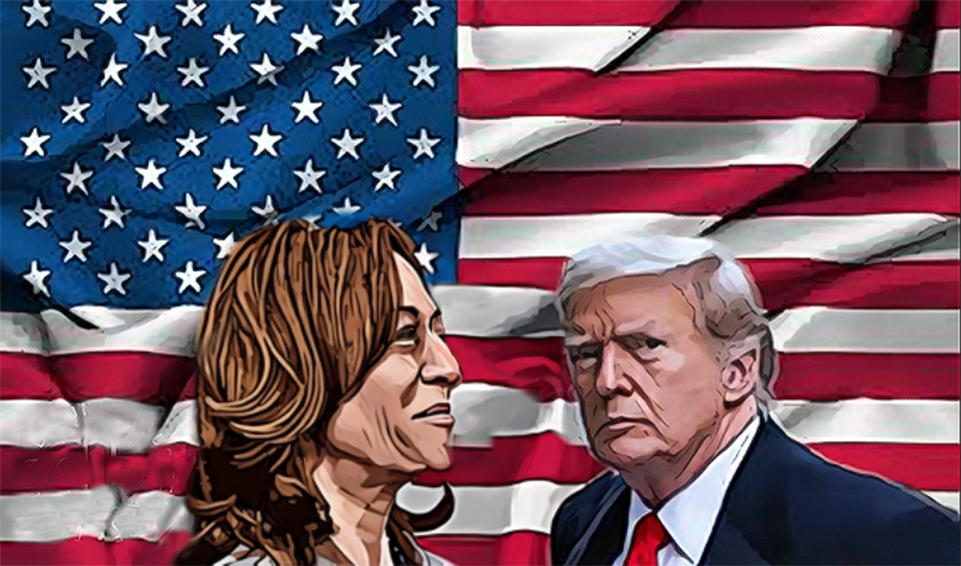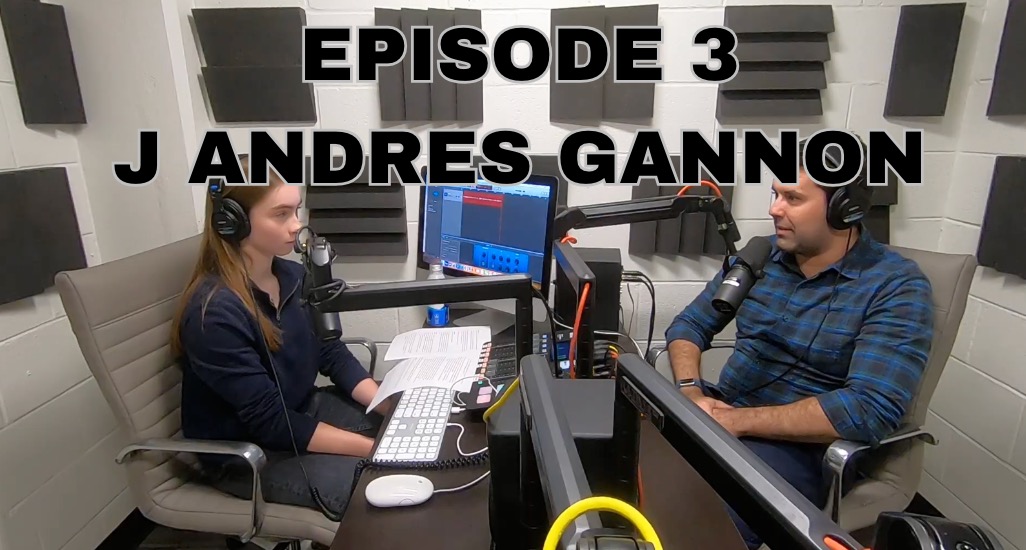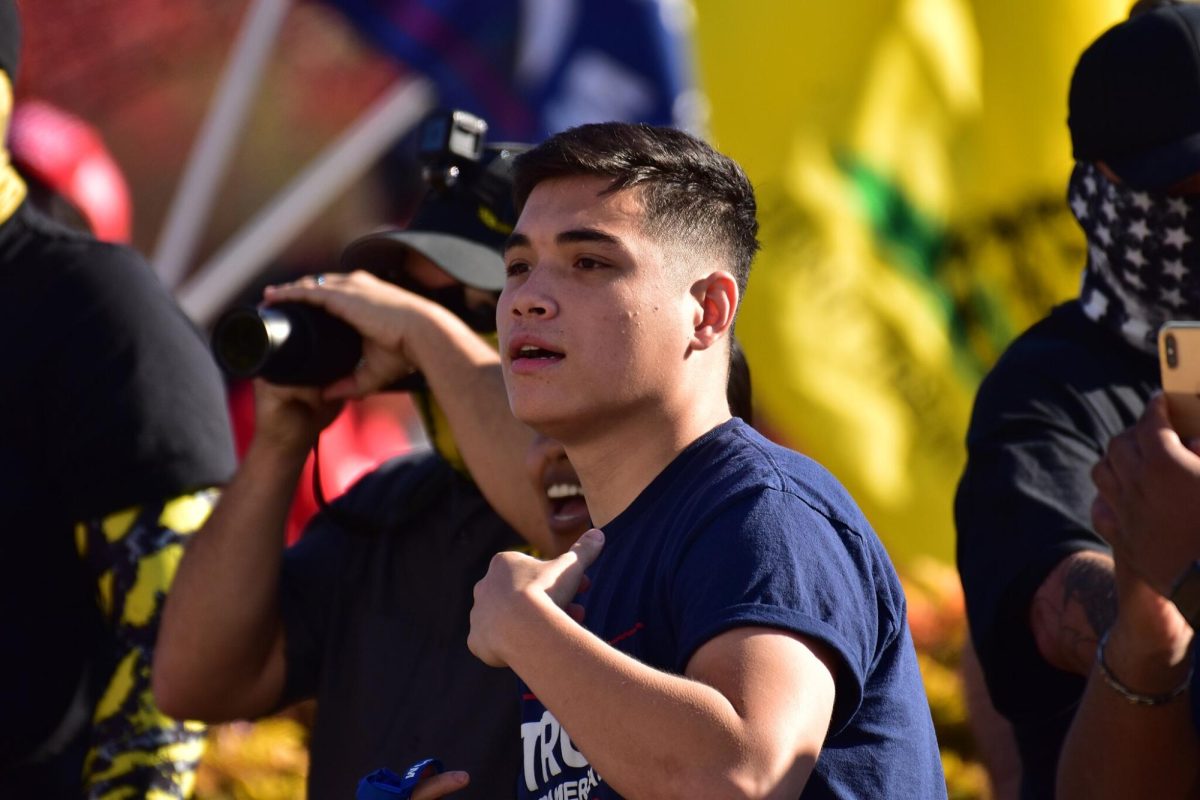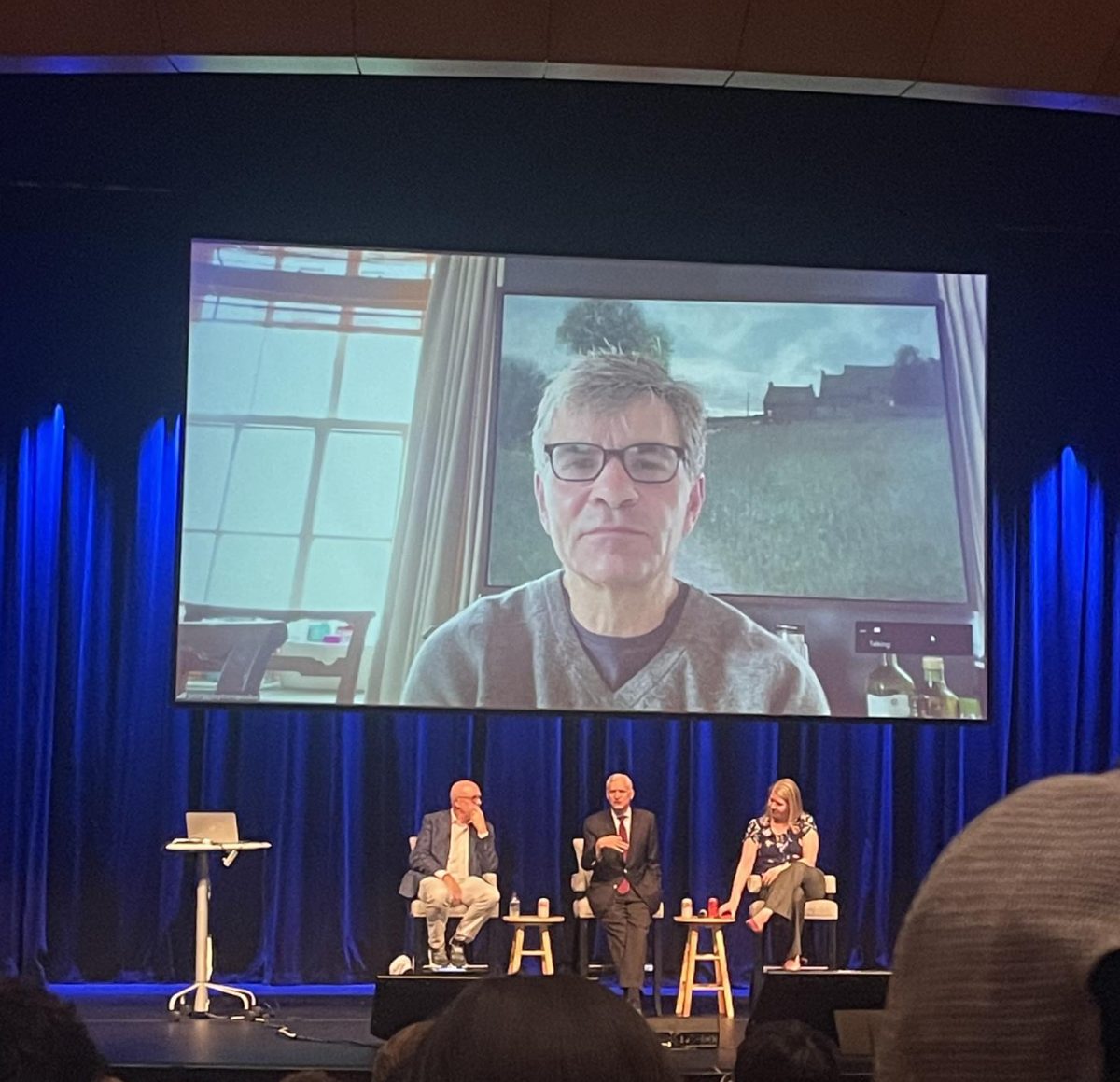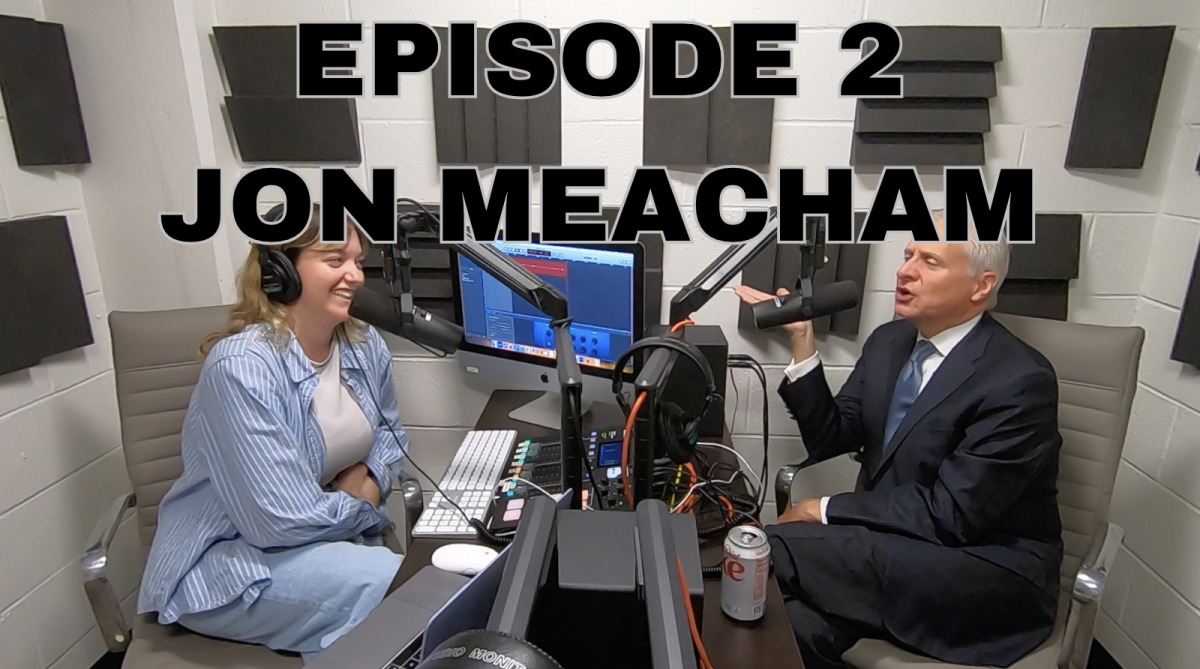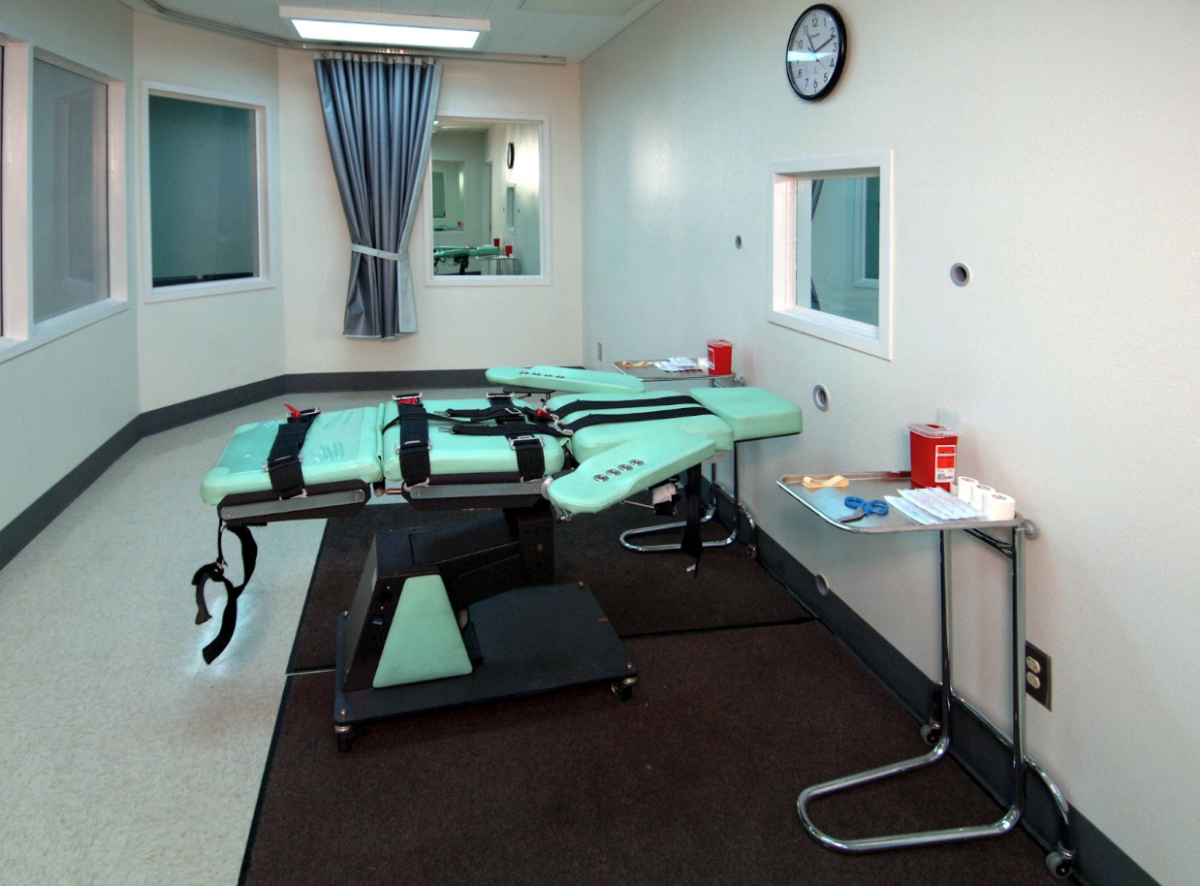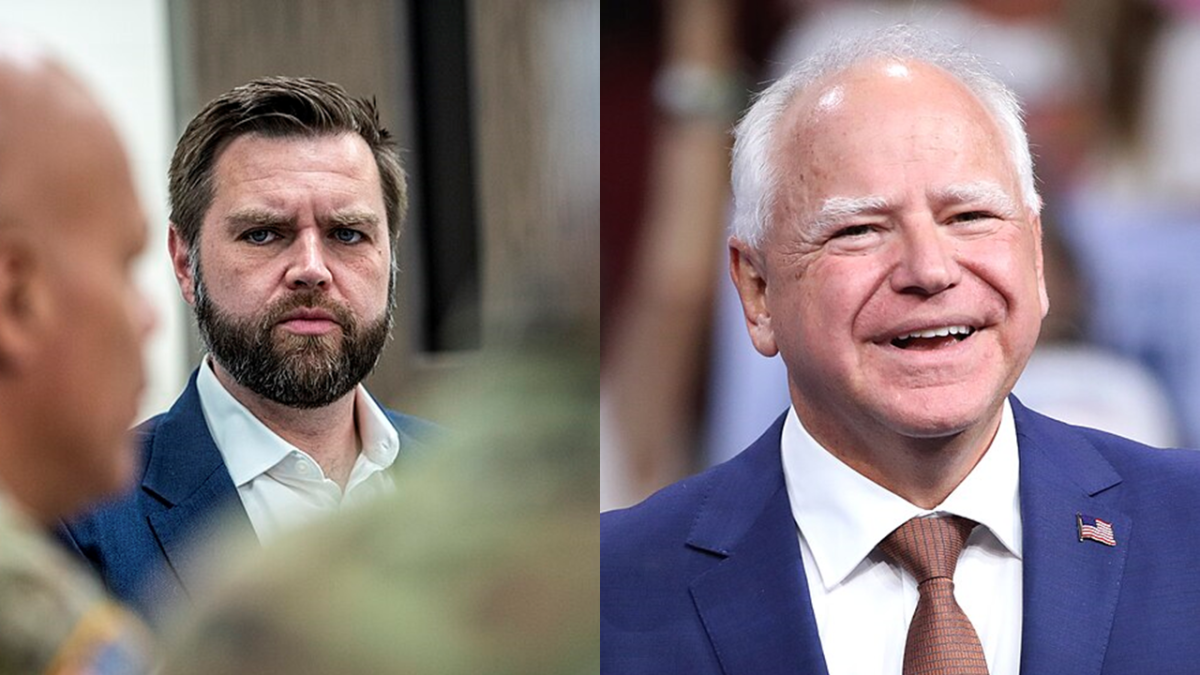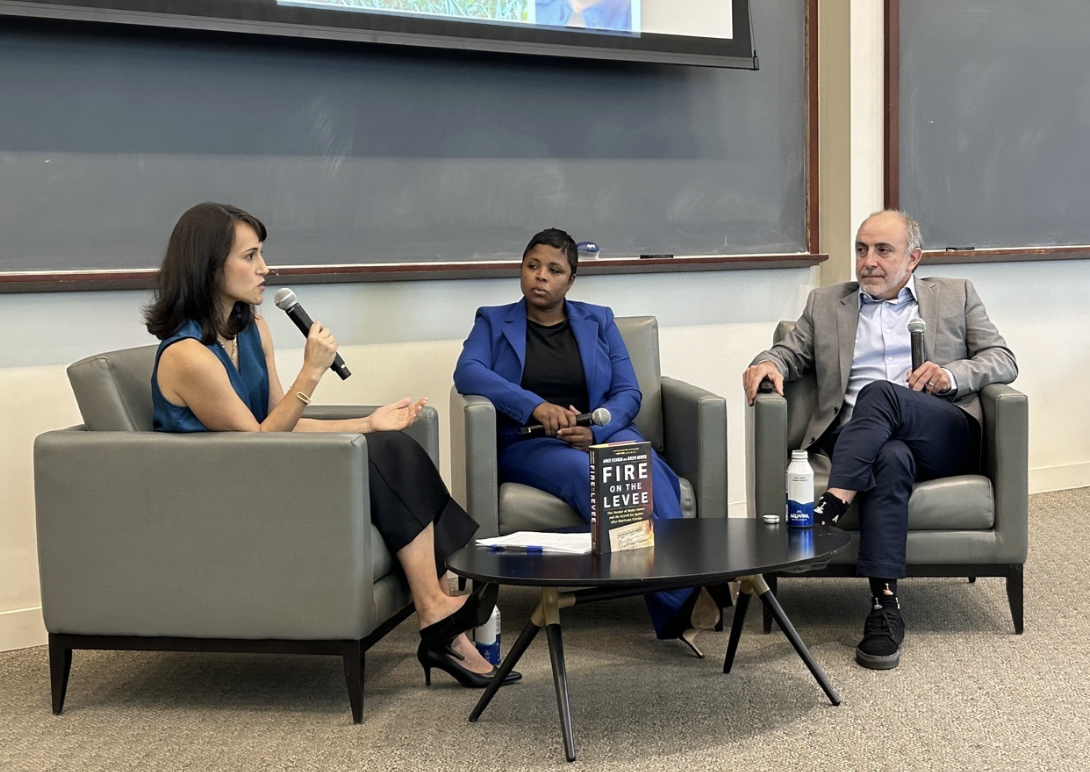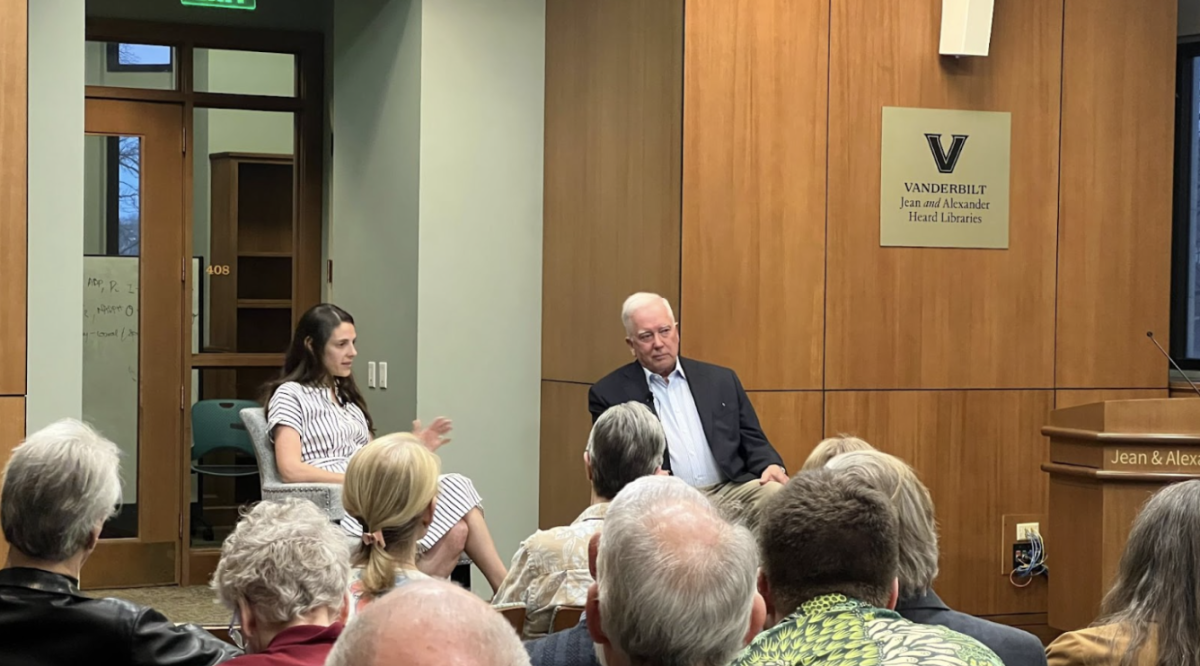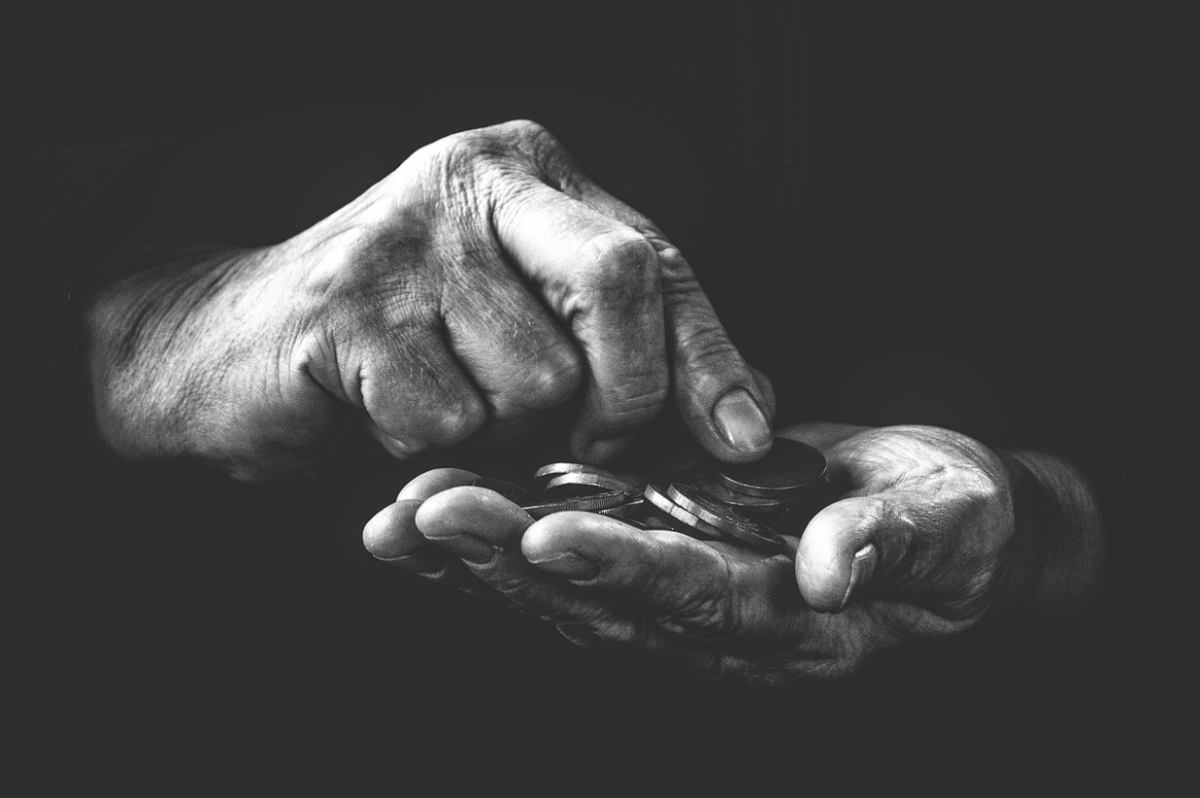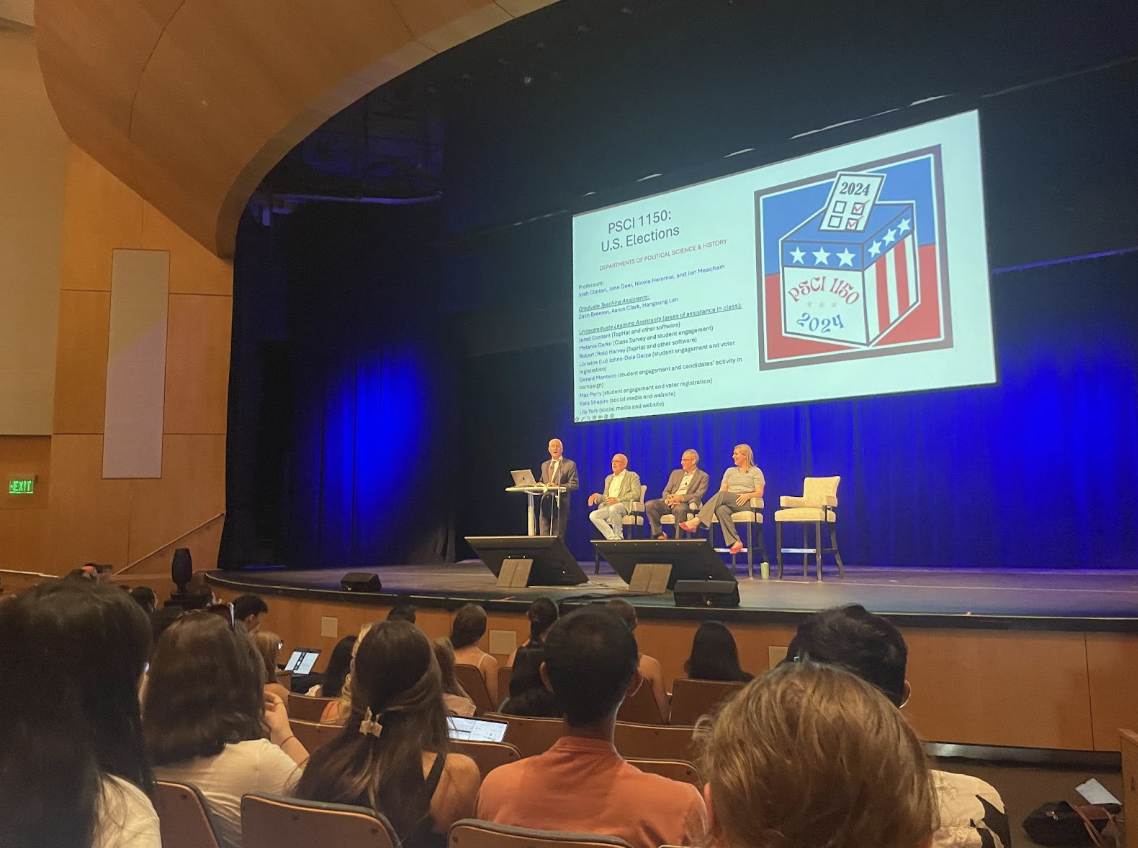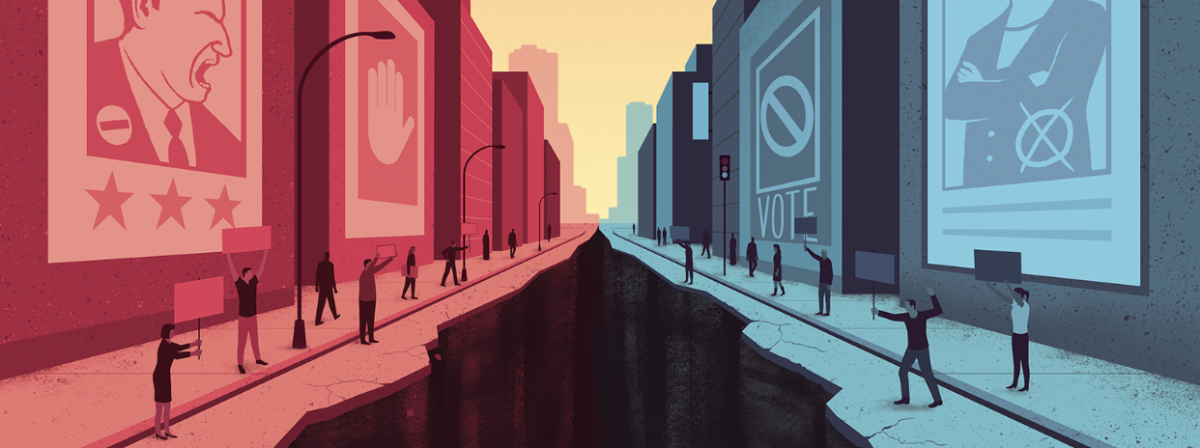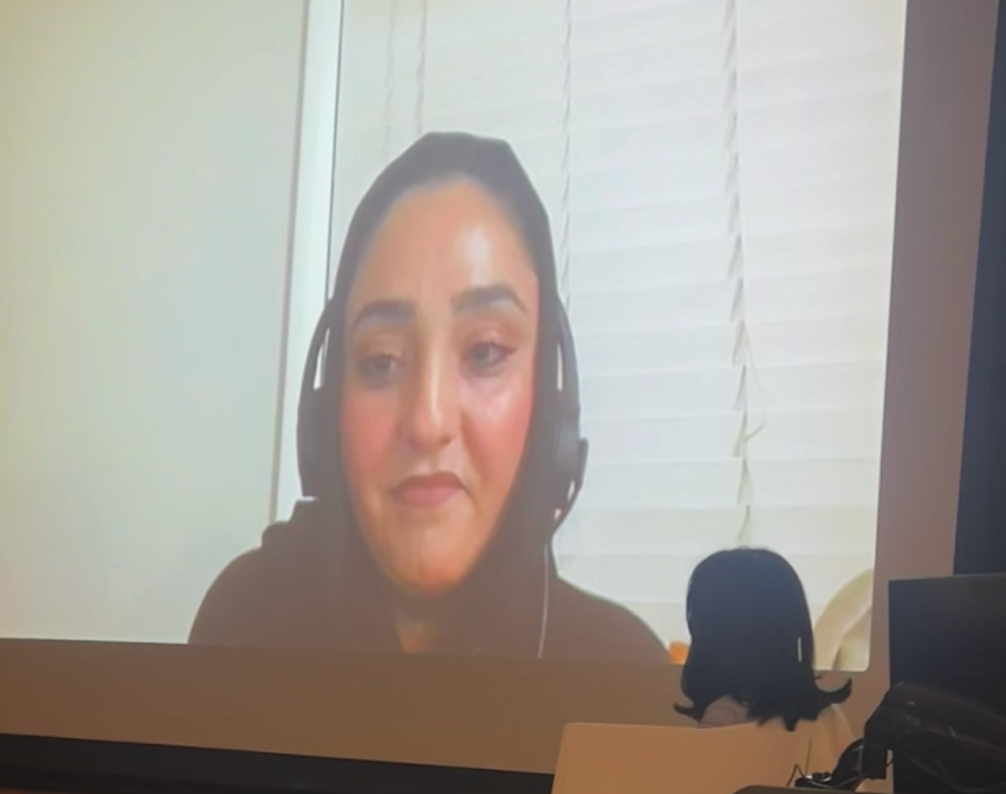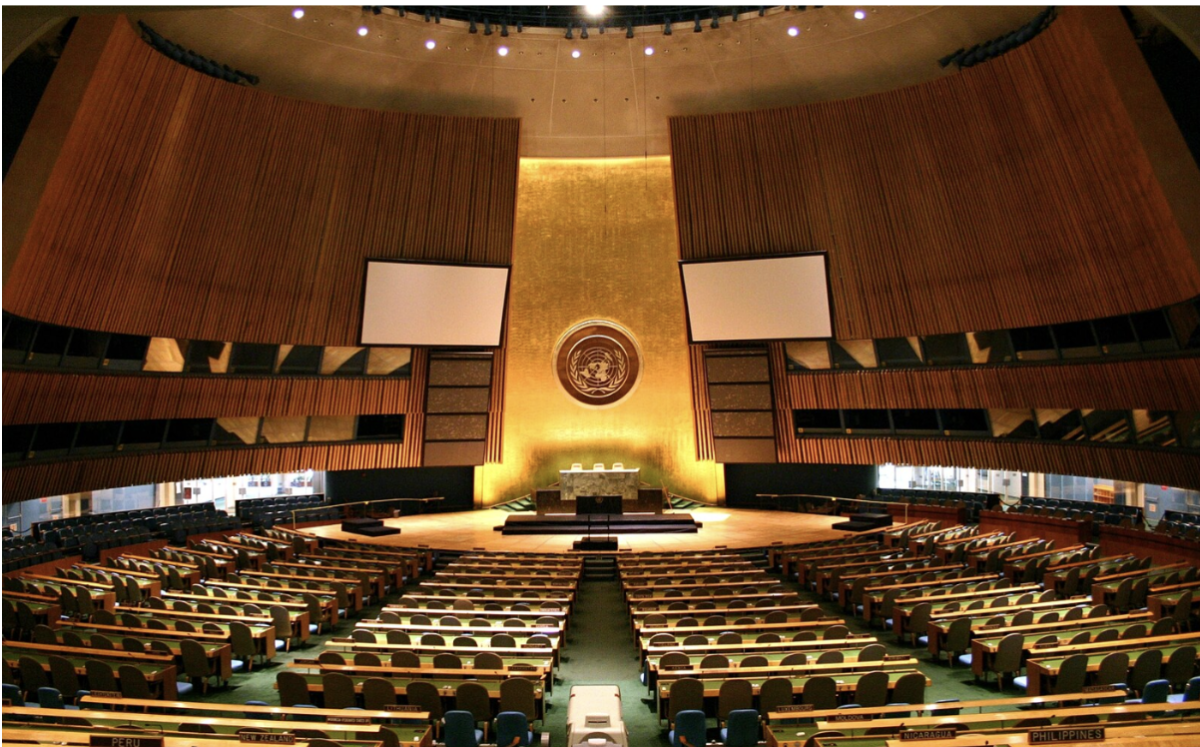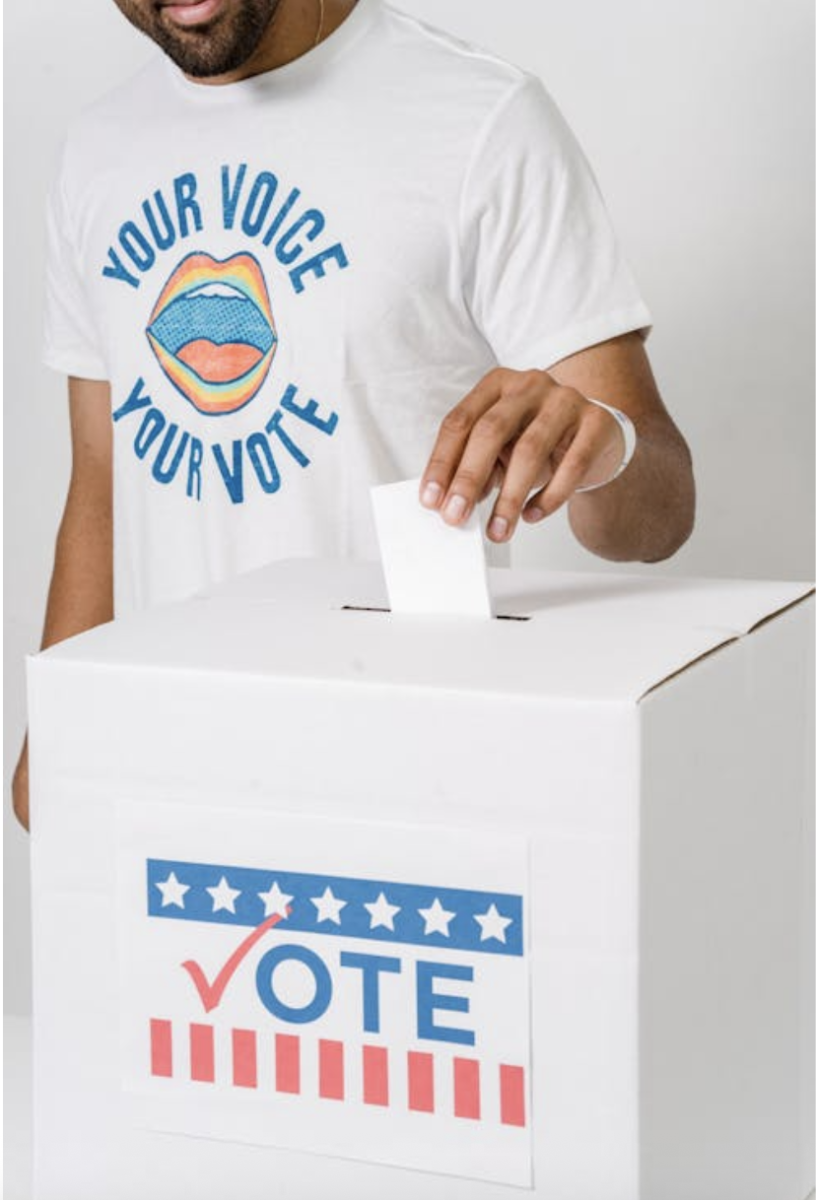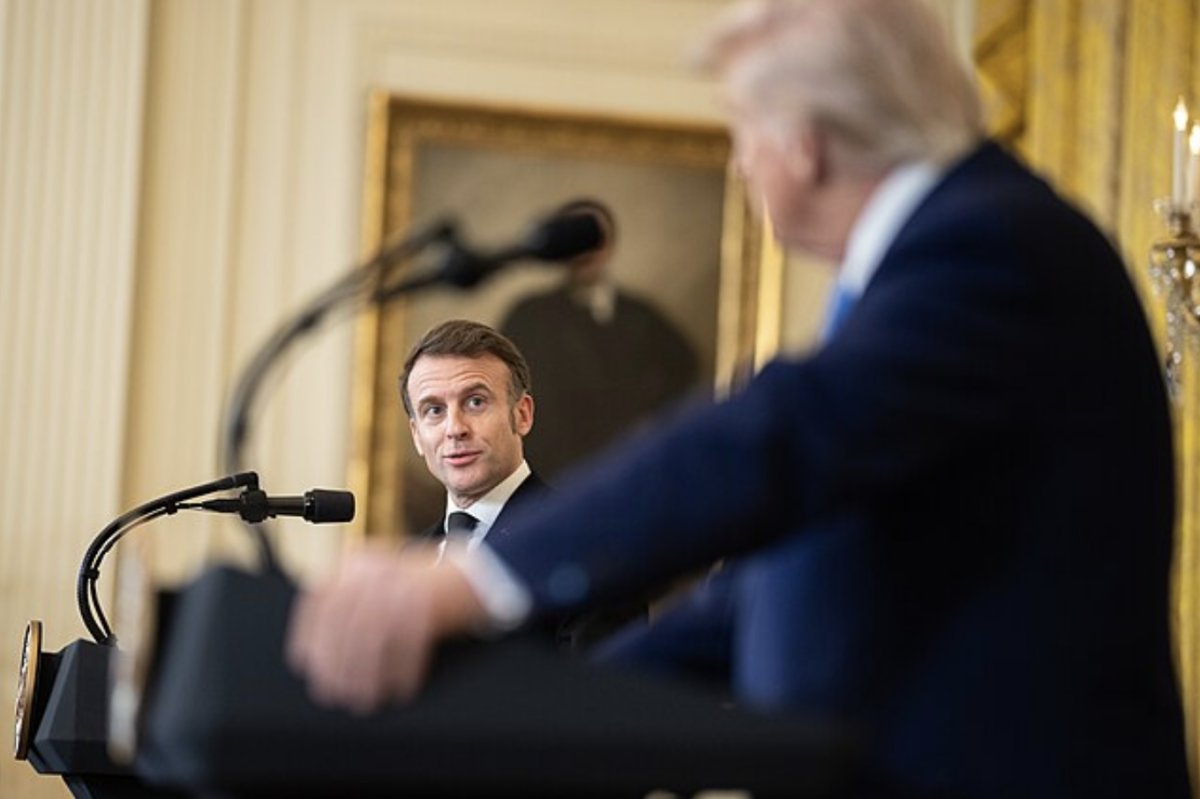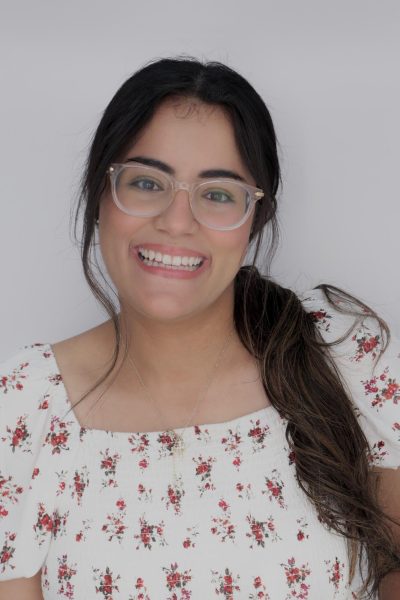The thirst for objectivity is pressing now more than ever. It may seem well within reach. The professor rises to the front, enthusiastically telling you that even though you’ll be discussing hot and contentious topics in this class, they will be remaining completely objective on the subjects; in fact, you could call them a “raging moderate.”
Gradually, it’ll become clear that this sentiment is far from reality. Particularly at a college like Vanderbilt and especially during election season, the facade of objectivity often unravels.
It is no secret that Vanderbilt University, like many elite institutions, leans left. This trend, which became widespread in the late 1960s, has only intensified over the years with a 2016 study in the Econ Journal Watch finding ratios as high as 33.5 Democrats for every Republican in certain departments. While Vanderbilt’s political landscape may not be as skewed as Harvard’s—where surveys show 82% of faculty identify as liberal and just 1% as conservative—liberal professors still significantly outnumber their conservative counterparts.
In classroom settings, many professors assert that they are “moderates,” in an effort to insinuate that they will remain completely objective on topic discussions. However, this assertion is often misleading and seldom achieves its intended goal. The concept of a moderate middle has long been regarded as a myth; those who identify as moderates often lean center-left on economic and immigration issues. And those who identify as independents tend to vote in alignment with the parties they lean toward just as often as openly partisan voters do. Thus, moderation rarely equates to objectivity.
These statistics have a real impact on the classroom. Professors, regardless of their ideology, advocate for open-mindedness, and inclusivity. Yet, they often frame partisan lessons as objective truths, present a one-sided narrative as fact, and give the illusion of sharing a comprehensive story while selectively reading between the lines. While research on this topic remains limited and often relies heavily on anecdotal evidence, the available data still highlights a significant issue. A 2018 national survey by WGBH News revealed that only 26% of Republicans reported hearing a diverse range of viewpoints on college campuses, in stark contrast to a majority of Democrats. Additionally, a 2004 poll by the Chronicle of Higher Education found that 51% of students, regardless of their political affiliations, believed there was an improper use of political bias in the classroom. Furthermore, 68% felt that academia disproportionately favored their professors’ beliefs.
This still rings true at Vanderbilt today.
One HOD and MHS double major commented on their public policy class saying, “It’s not about what our professor says in class. It’s all the readings they assign–they’re all promoting the same agenda. There is no diversity in the readings we’re presented, and so, there is no diversity in the thoughts presented in class.”
This semester, the U.S. Elections course is among the most discussed classes, breaking enrollment records with over 1000 students. Led by a dynamic team of four insightful professors and featuring an array of guest speakers, the course seeks to create an objective environment that showcases a wide range of perspectives. And for the large majority, the class has fulfilled its role.
However, when it comes to its guest speakers, this commitment to objectivity appears to have been put on hold. With half the semester complete, every guest—from a CNN pollster to the former Speaker of the House—has exhibited an anti-Trump bias. In a class that has preached the importance of moderation in light of our upcoming election, the selection of these speakers collectively appears to fall short of fulfilling that mission. One of our professors, Professor John Geer, has recently committed in an email to the class to achieving “partisan balance” by inviting a Republican leader from Congress to our class later this semester. However, given that we are already halfway through the semester and the number of Democratic speakers significantly outnumber their Republican counterparts, it seems unlikely that this promise will effectively establish the intended balance. Moreover, if the invited speaker is, as speculated, Senate Minority Leader Mitch McConnell, recent reports of his critical remarks regarding Donald Trump raise questions about his ability to legitimize this balance—especially in contrast to the fervent supporters of Kamala Harris we have encountered thus far.
Arguably, in a tightly contested election and especially at a university in a predominantly red state, one would expect it to be easier to find alternative perspectives. These insights would be particularly valuable for a largely liberal audience. Although the syllabus emphasizes the class’ goal of encouraging us to think “critically and expansively,” we must question to what extent can we engage in critical thinking when we are not provided with genuinely diverse resources?
I may seem to be advocating for neutrality—suggesting that professors take a completely vague and detached approach. However, that is not the case. In fact, it’s impossible. As Thomas Haskell aptly titled his famous 1998 work, “Objectivity is not Neutrality.” Teaching involves presenting all the evidence impartially and equipping students with the tools to form their own opinions. It should not create fear about writing essays that advocate opposing viewpoints, nor should it assume that all students agree on a topic, and it most certainly isn’t telling students to vote for a particular candidate.

